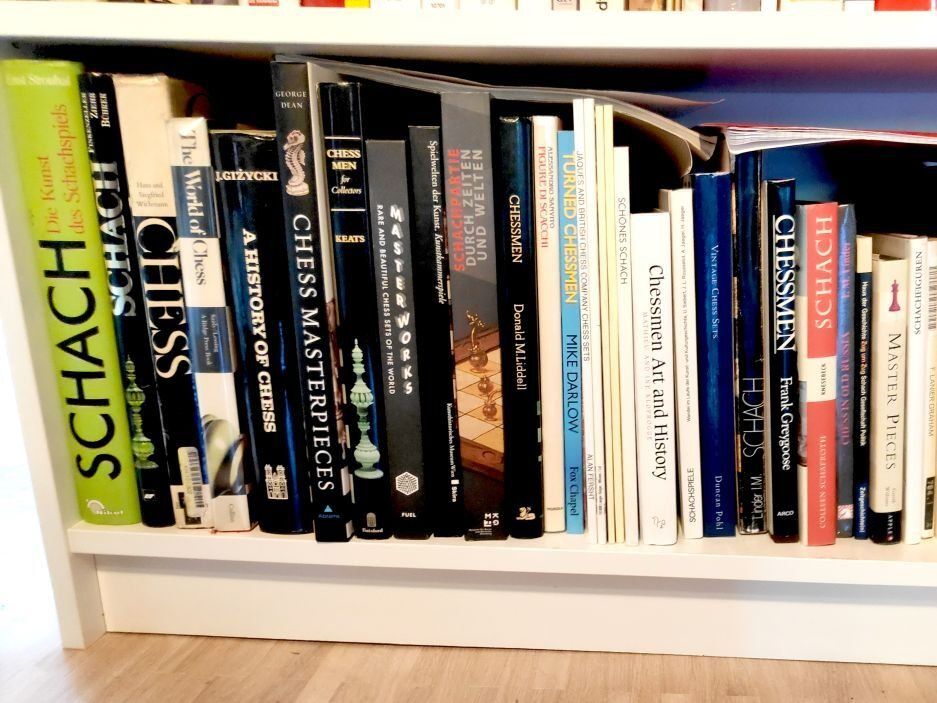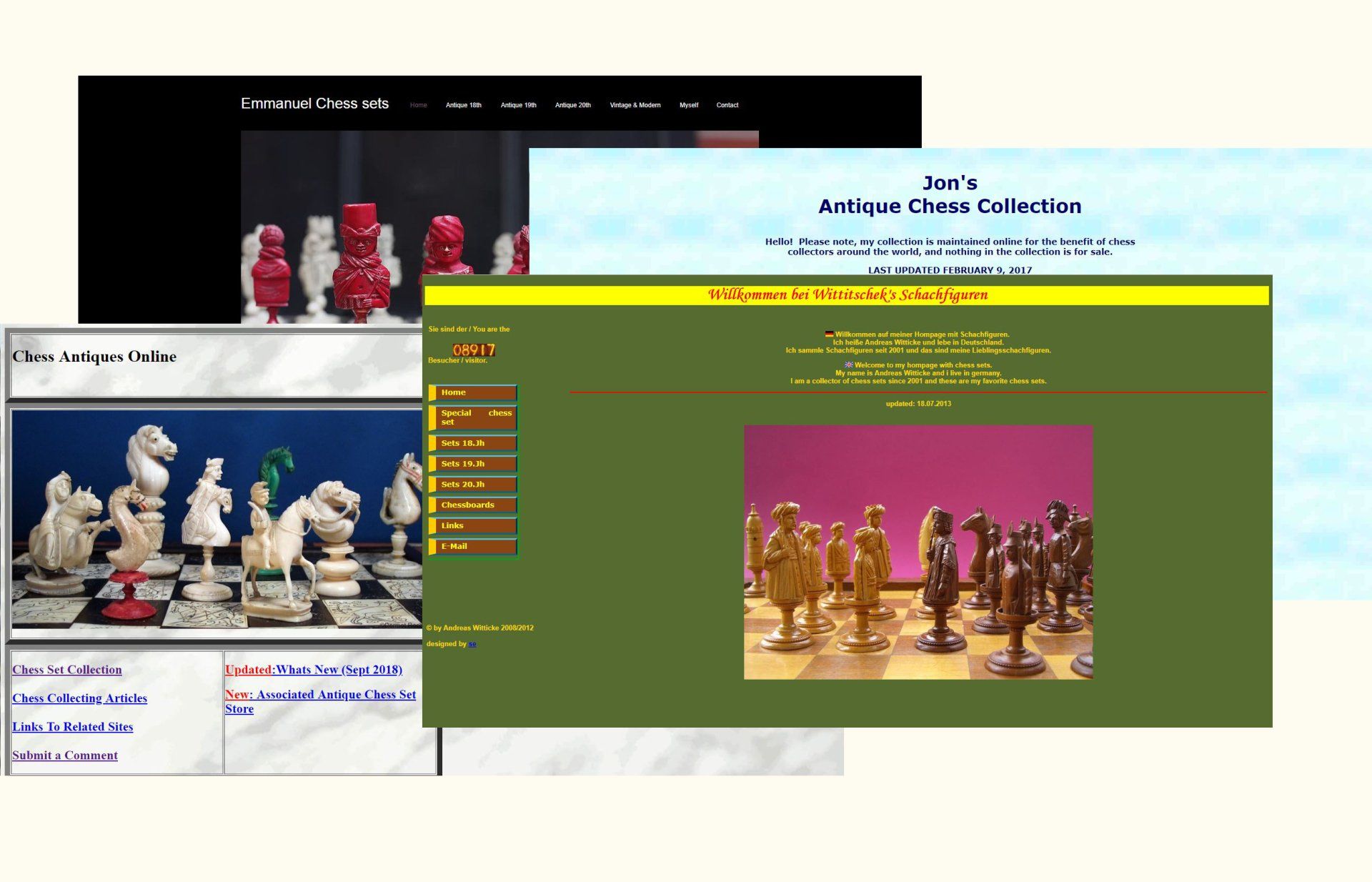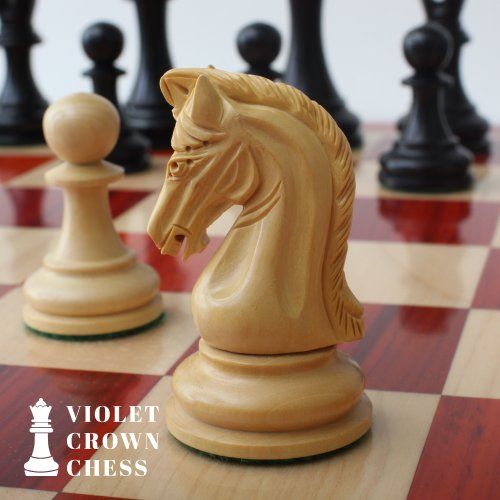Posingis "Luxus" Chess Clock, Germany, 1930's/40's
It is a Posingis "Luxus", handmade by Paul Posingis.
Paul Posingis, born on 29 June 1902, was a clockmaker by profession. He lived since the end of the twenties in Werries, a district of the city of Hamm in Westphalia. There he had received permission to set up and run a small clockmaker's shop in a colliery house on the corner of Uentroper Weg / Schillerstraße (today Hölderlinstraße) (in the same house he ran a restaurant after the Second World War, but that is not relevant for the history of the clock).
In 1927 Posingis, together with the brothers Alex and Rudolf Fiedler, Otto Fleischhauer as well as Fritz and Luise Classen, founded the chess club Werries and was elected its first chairman. In this function he quickly became familiar with the problem of the chess clocks of that time - too big and in times of depression too expensive and too difficult to get. Therefore he and his brother developed a small chess clock, which was easy to produce and nevertheless reliable and robust and which at that time heralded a new epoch in the chess world despite competition from Thiel, Max Andres and probably also Junghans.
It is said that there was a case of industrial espionage. A clock representative is said to have visited Posingis and seen him working on the clock. A short time later, a very similar design was patented. Whether this story is true can no longer be verified today. What is certain, however, is that Paul Posingis never received a patent on his clock. The chronicle of the municipality of Werries shows that his application for a patent failed and that his clock shop was not very profitable (which is why he wanted to open the restaurant mentioned above). Every clock manufactured by Posingis was handmade. They belong to the most reliable chess clocks ever made.
The first clock was developed around 1932 or 1933. It was a smaller clock made entirely of wood, with the movements embedded in a solid wooden block and fixed there with wedges. One can find on the Internet, among others on the website of the German Chess Federation (DSB), various information that this clock was used as an official Olympic clock at the (unofficial) Chess Olympiad 1936 in Munich. Posingis himself always advertised with his "Olympia clock". However, I am not aware of any photos of the Chess Olympiad 1936 which support this thesis and on which a Posingis clock can be seen. In the Internet one finds the thesis that Posingis had travelled to Munich at any rate and had sold his clock to the Americans in the vicinity of the Olympics for prices of 10 USD each. I personally consider this to be doubtful at least in so far as the USA was invited to the Chess Olympiad 1936, but did not participate. So it could have been, if at all, only American spectators of the event.
Be that as it may, the "Olympia" proved to be capable of improvement, so that shortly after its development Posingis designed a second, somewhat more complicated model with a massive rocker with steel buttons, mounted at a slight angle on a base plate. This clock, which had been released since about 1935/1936, offered Posingis for a slightly higher price. The clock I purchased was this improved model, sold as the "Luxus" clock.
Posingis produced chess clocks in his workshop until 1966, when his age, the problems with his poliomyelitis and the fluctuating demand suggested that he quit. Another reason might have been that shortly before, in 1964, the supplier of his movements, Josef Hauser, had died. Josef Hauser had founded a company in Weigheim, a small village in the south west of Germany just some 40 km away from the Swiss border, together with his brother Otto Hauser in 1923, which he left after only three years and opened his own workshop. The movements designed by him were exclusively installed in the chess clocks of Posingis and Höpplein. They are recognizable by their typical bell-shaped cut-outs in the clock plate. In my teaser I had indicated that there are references to the clock model. This was one of them. The other hint - admittedly difficult to recognize on the photos - is the name "P. Posingis" engraved on the clock cover.
In 1967 Posingis became the first honorary member of the Werries Chess Club. There are divided opinions about his year of death. Both the German Chess Federation and the Schachverein Werries state 31 March 1979 as his date of death. On the website of the German Chess Museum it is stated that this cannot be true and that Posingis had already died in 1976, without however giving any further reasons or proof.

















